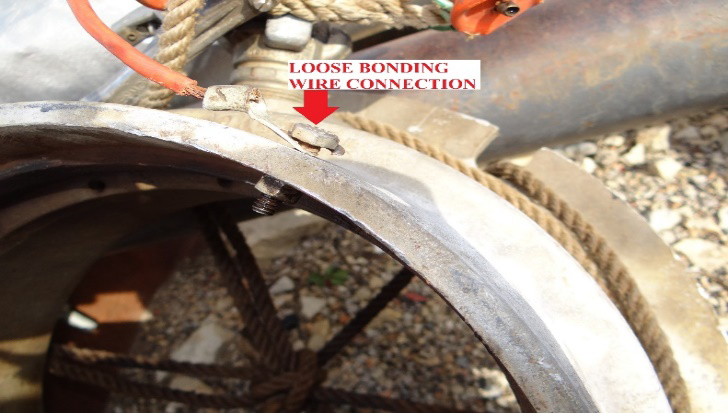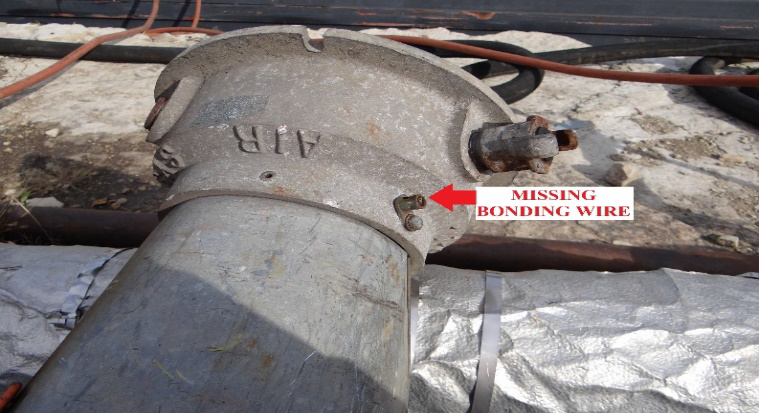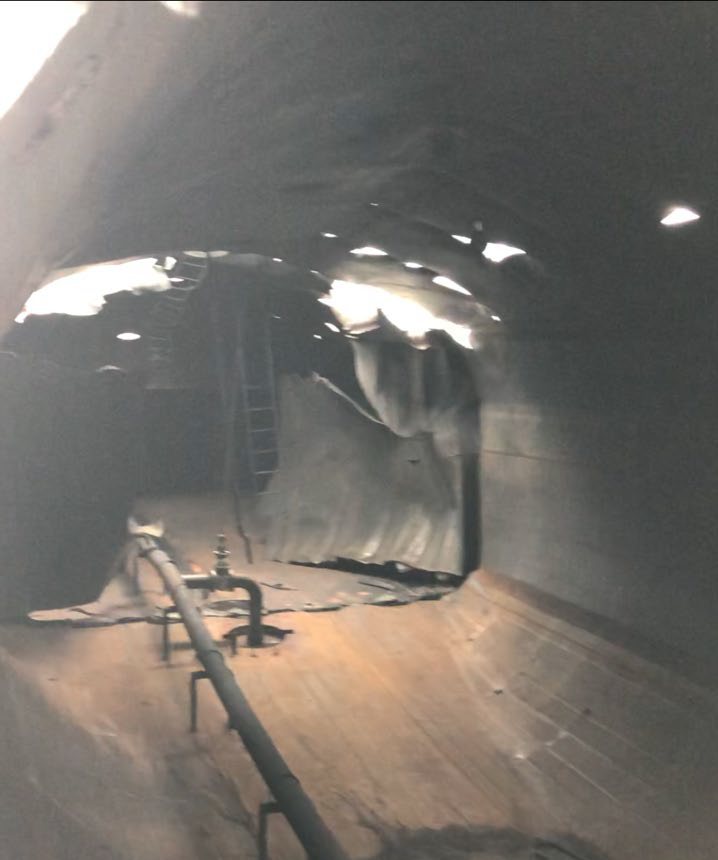Coast Guard Warns of Explosion Risk During Gas-Freeing Operations
Based on evidence gathered from a recent tank barge explosion, the U.S. Coast Guard's Office of Investigations and Casualty Analysis has issued a warning to tank vessel operators of the dangers of improper tank cleaning and gas freeing operations.
Photos of the blast damage serve as a reminder of how dangerous cargo tank cleaning and gas freeing operations can be if proper operating procedures are not followed and equipment is not properly maintained, the office cautioned. The investigation into the recent casualty is not yet complete, but the office is sending out an alert early on in the hopes of encouraging operators to review their procedures as soon as possible.
During gas freeing operations, cargo tank hatches are opened and the flammable vapors within the tank are blown out. As outside air is introduced into the tank, the vapor/air mixture within the tank and near the tank openings will fall into the flammable range. During this window, if the blowers in use are not the proper type, are not properly maintained or are not electrically bonded to the vessel’s structure, static electricity generated by the air moving equipment can discharge as an electric arc and ignite the flammable mixture.
The following photos are of pneumatic blowers that were recovered on board the recently exploded tank barge. All blowers recovered on scene had either missing or improperly maintained bonding wires.


Images courtesy USCG
The Coast Guard strongly encourages supervisors for gas-freeing operations - Persons In Charge (PICs), Shipyard Competent Persons (SCPs), safety supervisors and facility managers - to review their company's procedures to make sure that they are up to date and adequate to prevent casualties. These procedures should include all applicable regulations and recommendations in USCG marine safety alerts, CFRs and (for non-mariners) OSHA regulations, available in a list form here.
In particular, the office stresses that all personnel must be trained on the importance of using a bonding wire/strap on air moving equipment:
- The blower should be correctly bonded with a bonding wire/strap secured to the blower housing and clamped to bare metal on the vessel structure, penetrating any paint coatings. Setting the blower down on bare metal is not enough.
- All attached accessories (cones, ducting, etc.) should be tightly connected to the blower, and each blower must have an intact, tightly fastened bonding connection that is free of corrosion. Loose, poor and corroded connections greatly increase the risk of an electric arc.
- The site Safety Supervisor, SCP or PIC should visually inspect each blower to ensure that they are properly secured and that they have been securely bonded to bare metal on the vessel structure. These checks should be completed before blowers and fans are activated.
- All personnel should understand that the proper bonding of blowers used in cargo tank cleaning and gas freeing operations is a legal requirement.

Tank interior after explosion (USCG)
